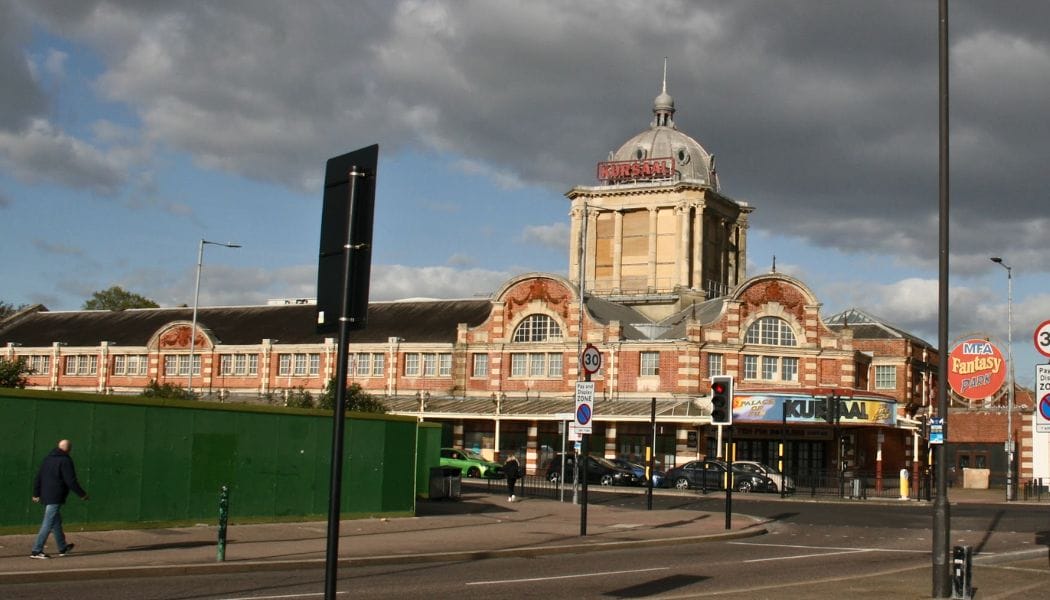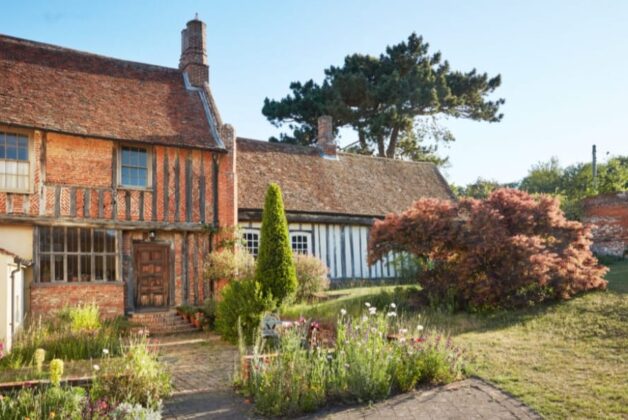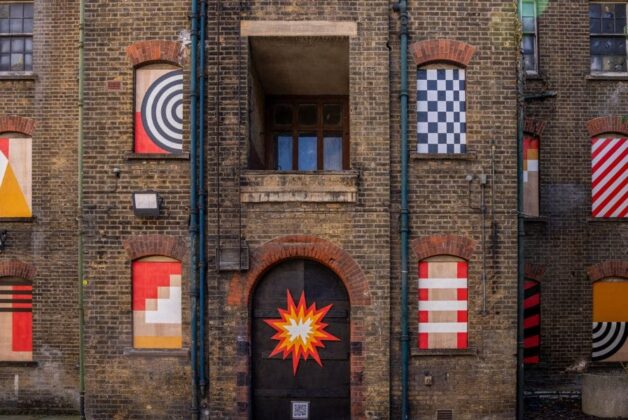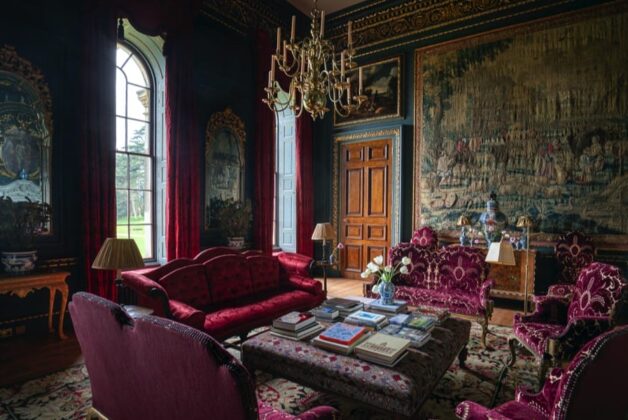The Kursall, Southend-on-Sea (NJCole)
The annual list highlights Victorian-era buildings in England and Wales at risk of being lost
The Victorian Society has today revealed its annual list of endangered buildings in England and Wales, and the threats they face.
The charity, which campaigns to preserve Victorian and Edwardian architecture, compiles the list annually following a national appeal. It is designed to raise awareness of buildings at real risk of being lost.
This year’s list includes the last of one of the world’s first purpose-built amusement parks, a requisitioned school where author Vera Brittain nursed during WWI, and one of the first tennis pavilions in the world.
The Kursaal Palace in Essex is believed to be the world’s first purpose-built amusement park with a circus, ballroom, arcade, dining hall, billiard room, a zoo, and an ice rink. Later it housed a casino, bowling alley, and hosted a number of major bands, including AC/DC. Today, a Tesco Express occupies a small part of the building.
President of the charity, comedian and actor Griff Rhys Jones said: “How terrifying to see buildings I have known, loved or used all my life in Southend and Cardiff in need of rescue. But come on. Look at the character on display here. They all add colour and story to any urban landscape. Their restoration and reuse make huge commercial sense. They are attractions in themselves. They are already destinations. They should be part of local pride. What do we want? A parking lot? A faceless block in their place? A slew of new carbon pollution? When they have so much colour, continuity and history on their side already.”

The Victorian Society’s Top 10 Endangered Buildings 2024 (in no particular order):
Kennington Boys’ School (Cormont Road School), Lambeth. Grade II, Architect: T J Bailey, 1898
The Kursaal, Southend-on-Sea, Essex. Grade II, Architect: George Sherrin, 1898-99
Jesmond Dene Banqueting Hall, Newcastle Upon Tyne Grade II, John Dobson, extended to provide a gatehouse, reception hall and display room, Norman Shaw, 1860-62 and 1869/70
The former Bramcote Tennis Pavilion, Scarborough, N. Yorkshire. Grade II Architect: John Hall, 1885
St Luke’s Chapel, Nottingham City Hospital, Nottinghamshire. Grade II, Architect: Arthur Marshall, 1902
St Martins (formerly Roslyn Hoe), Ilfracombe, Devon. Grade II Architect: WM Robbins of Ilfracombe,1880
Chances Glassworks, Smethwick, Sandwell. Scheduled Monument, comprising nine Grade II structures, Architect: Unknown, 1847 – 60
St Agnes’ Vicarage and Hall, Liverpool, Merseyside. Vicarage Grade II* and Hall Grade II. Architect: Norman Shaw, 1887
Former Education Dept Offices, Derby, Derbyshire. Grade II, Architect: Giles & Brookhouse, 1871
Cardiff Coal Exchange, Butetown, Glamorgan. Grade II*. Architect: Seward & Thomas, 1884-86
James Hughes, Victorian Society Director, added: “Two buildings here have appeared in previous editions of this list, highlighting both their chronic difficulties and their ever more acute need for intervention; and the fact that three of the ten buildings are owned by local authorities is arguably a manifestation of increasingly restrictive Council budgets.
“But irrespective of their precise circumstances – and those of their owners – all these buildings are united in being important and endangered, and it is imperative that means are found to ensure their short-term survival and to secure their long-term and appropriate reuse.”
From last year’s list, the Office for the Board of Guardians of Walsall Poor Law Union in the West Midlands was sold at auction and the new owner is in discussion with the charity’s Conservation Adviser and the Council’s conservation officer about its future as offices.
Blackborough House, also from 2023, did not sell last year and is now back on the market looking for a new owner to continue the progress that has been made.





